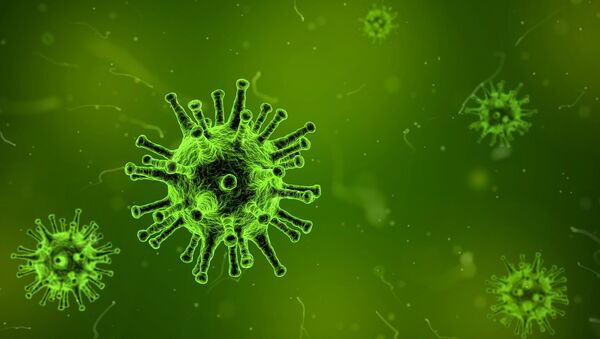In their study published last month, InsuranceQuotes did not specify which airports and airlines were tested, although the study did mention that Hartsfield-Jackson Atlanta International Airport is one of the busiest in the world.
According to the website's study, the highest germ counts in airport terminals were found on self check-in kiosk screens (253,857 Colony-Forming Units or CFUs), followed by gate chair armrests (21,630 CFUs) and airport water fountain buttons (19,181 CFUs).
It's no surprise that airplanes themselves harbor high germ counts as well. The highest germ counts were found on toilet flush buttons, averaging 95,145 CFUs. The next highest germ count was on tray tables (11,595 CFUs) followed by seat buckles (1,116 CFUs). According to the National Science Foundation, a kitchen counter averages 361 CFUs.
In a similar study conducted by Travelmath.com almost three years ago, the most contaminated part of a commercial plane was found to be the tray table — that is, the same place food and drinks sits during a flight. Just like in the InsuranceQuotes study, the travel calculator website conducted swab tests on the surfaces of five airports and four flights to measure CFUs of bacteria, yeast and mold per square inch.
In the Travelmath study, tray tables recorded 2,155 CFUs per square inch, followed by the overhead air vent (285 CFUs), the toilet flush button (265 CFUs) and the seat belt buckle (230 CFUs).
In addition, the study revealed that drinking fountains at airports scored 1,240 CFUs while bathroom stall locks measured surprisingly low at 70 CFUs.
However, medical experts say there's no reason to fret over the high germ counts.
"Travelers are probably no more likely to become ill from exposure to contaminated surfaces and items in an airplane than in any other public place," said Dr. Gil Chavez, state epidemiologist and deputy director of the California Department of Public Health, the Los Angeles Times reported.
Moral of the story: wash your hands.




